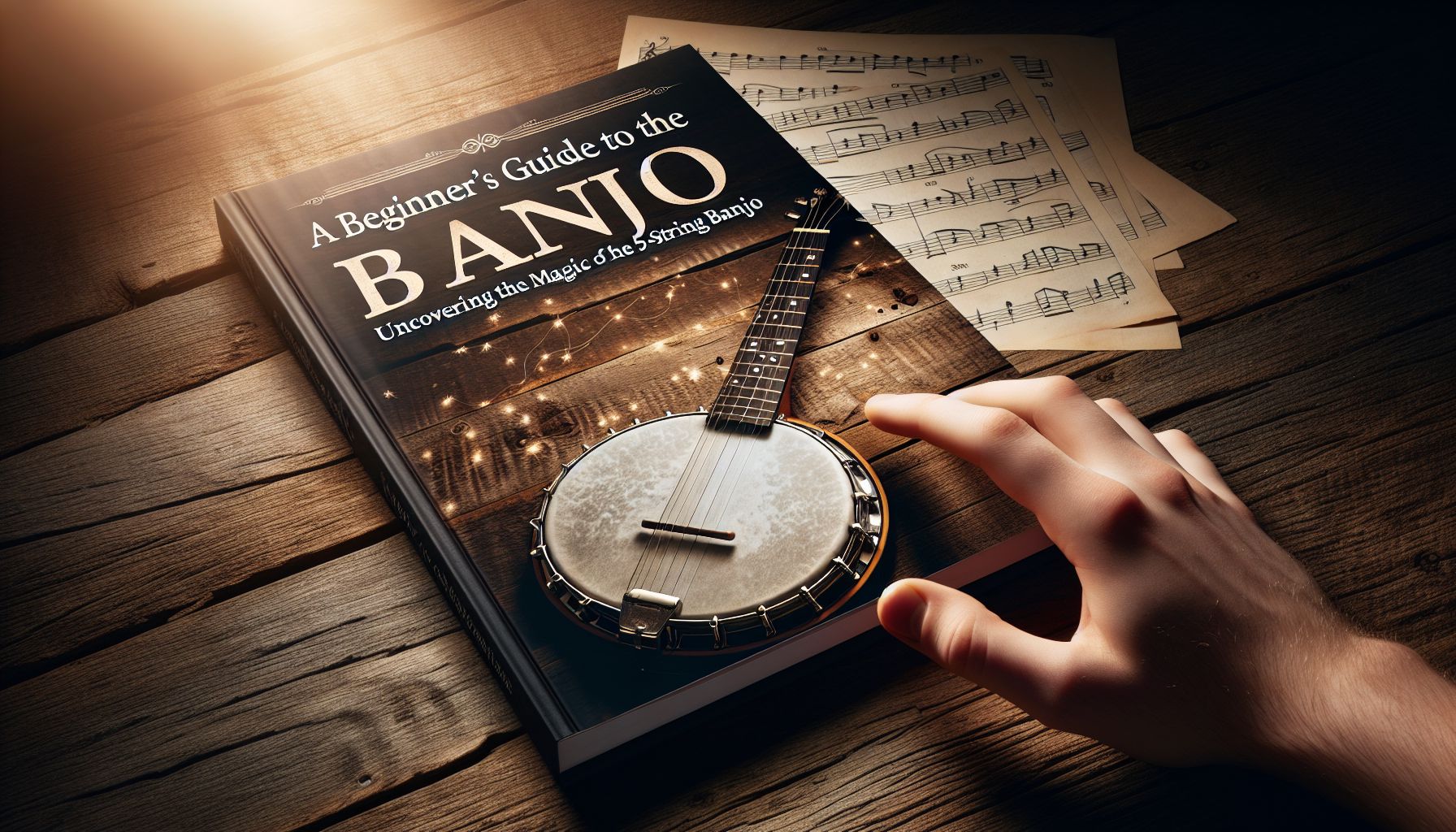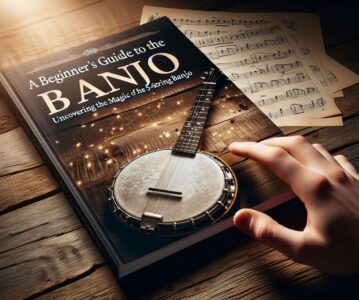If you’re new to the world of string instruments, the banjo is an excellent choice to begin your musical journey. With its distinctive sound and unique construction, the banjo offers a delightful blend of melody and rhythm. Whether you’re a fan of folk, bluegrass, or even modern genres, the banjo’s versatility makes it an exciting instrument to play. In this beginner’s guide, we will demystify the banjo and explore the fundamentals of playing this fascinating 5-string wonder.
The Banjo: A Brief Introduction
The banjo is a stringed instrument with origins deeply rooted in West Africa. It made its way to America through the hands of enslaved individuals, bringing their rich musical heritage with them. In the early 19th century, the banjo gained immense popularity and became an integral part of American folk music.
The distinctive twang of the 5-string banjo can transport you to a front porch in the Appalachian Mountains or evoke the lively atmosphere of a bluegrass festival. With its body characterized by a circular rim, a resonator, and a long neck, the banjo produces a unique sound that takes center stage in many musical genres.
Exploring the Different Banjo Types
Banjos come in various shapes and sizes, each designed for specific musical styles. However, the 5-string banjo, with its five strings stretched across the fretboard, is considered the most versatile and commonly used type. It allows for a wide range of melodic possibilities, making it a favorite among beginners and professionals alike.
Getting Started: Essential Techniques
Before diving into playing the banjo, it’s important to familiarize yourself with the basic techniques. These techniques form the foundation upon which you will build your banjo-playing skills.
Right-Hand Technique
One of the key techniques in banjo playing is known as “Scruggs Style.” This style involves picking the strings using three fingers: the thumb, index, and middle fingers. The thumb is primarily responsible for picking the 5th (lowest) string, while the index and middle fingers focus on the other strings. Consistent practice and mastering the Scruggs Style technique will significantly enhance your playing ability.
Left-Hand Technique
The left hand is responsible for forming chords and creating melodies on the banjo. As a beginner, you’ll need to develop a good sense of finger positioning for different chords, as well as understand how to move fluidly between them. Regular practice and finger exercises will help strengthen your left hand, improving your agility and precision on the fretboard.
Chords and Melodies
Learning common banjo chords is an essential step in mastering the instrument. Familiarize yourself with the G, C, D, and Am chords, which serve as a solid starting point for many songs. Experiment with combining these chords and incorporating various picking patterns to create your own melodies.
Helpful Resources for Beginners
Now that you’ve gained an understanding of the basic techniques, it’s time to explore the world of online resources available to banjo enthusiasts. Here are a few suggestions to help you along your banjo journey:
-
Online Tutorials: Websites like YouTube offer a plethora of banjo tutorials. Search for beginner-friendly lessons that cover everything from basic techniques to popular songs.
-
Tablature: Banjo tablature, or “tab,” is a simplified musical notation system specifically designed for string instruments like the banjo. Look for banjo tablature websites that provide free tabs for various songs. Beginners can start by searching for easy-to-play tunes to build their repertoire.
-
Online Forums and Communities: Joining online banjo communities and forums can provide valuable insights and connect you with fellow banjo players. From sharing experiences to asking questions, these platforms offer a supportive environment where you can learn from others and receive guidance from more experienced players.
-
Banjo Apps: Several mobile apps offer interactive lessons and chord libraries that can be useful for beginners. Download one or two apps that suit your learning style and incorporate them into your practice routine.
The Journey Begins: Keep Practicing!
As with any new skill, consistent and focused practice is crucial to becoming a proficient banjo player. Set aside dedicated practice time each day, even if it’s just for 15 minutes. Regular practice will help build muscle memory, increase finger strength, and reinforce musical concepts. Remember, progress takes time, so be patient with yourself and enjoy the learning process.
Conclusion
The banjo, with its captivating sound and rich history, beckons beginners to embark on a melodious journey. By mastering the fundamental techniques, exploring chords and melodies, and utilizing online resources, you’ll soon find yourself strumming the beautiful melodies of this versatile instrument. So, grab your banjo, keep practicing, and let the harmonious magic of the 5-string banjo fill your life with joyous rhythms and melodies!


